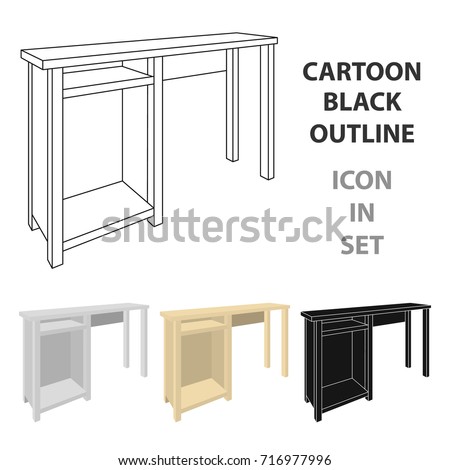A Step-By-Step Guide To Mending Vintage Cabinets
A Step-By-Step Guide To Mending Vintage Cabinets
Blog Article
Write-Up Produced By-Stephenson Obrien
To start the journey of restoring antique closets, you need a keen eye for detail. Envision discovering covert keys within each layer of background ingrained in the wood. Picture the satisfaction of revitalizing a once-forgotten piece to its former splendor. Every step of this precise procedure holds the essential to maintaining the past while producing a future treasure. So, are you ready to start this transformative undertaking and unlock the capacity of your antique closets?
Evaluating the Closet's Condition
When starting the restoration process, beginning by analyzing the condition of the antique cupboard. Meticulously examine the overall structure for any signs of damages such as fractures, chips, or loose joints. Inspect the wood for any type of rot, bending, or insect invasion that might have happened over time. It's vital to determine the degree of the reconstruction required before proceeding even more.
Next off, evaluate the closet's equipment such as joints, handles, and locks. Make cabinet maintenance of any kind of missing out on items or parts that require repair service or replacement. Guarantee that all equipment is operating properly and securely affixed to the closet.
Additionally, review the cabinet's finish. Look for any type of scrapes, spots, or staining that might impact the aesthetic appeal. Determine if the coating needs to be stripped and reapplied or if an easy touch-up will certainly suffice.
Gathering the Required Devices and Materials
After examining the condition of the antique cabinet, the next step is to collect the necessary tools and materials for the restoration process. Prior to you start, ensure you have the adhering to items handy:
- timber cleaner
- sandpaper in numerous grits
- timber filler
- paint or wood discolor
- brushes
- handwear covers
- security goggles
- a dust mask
- a ground cloth
- a putty knife
- a hammer
- a screwdriver
- a vacuum
These devices and products are vital for an effective remediation.
Wood cleaner is crucial for eliminating years of dust and grime build-up, preparing the surface area for fining sand. Sandpaper of various grits aids in raveling flaws and preparing the wood for a brand-new coating. Wood filler comes in handy for repairing any cracks, openings, or dents present in the closet.
Paint or timber discolor, in addition to brushes, allow you to tailor the cupboard to your choice. Bear in mind to wear gloves, safety goggles, and a dust mask for defense. Put down view site… to protect your work area, and use a hoover to clean up any debris.
With these devices and products gathered, you're ready to start the repair process.
Executing the Remediation Process
To efficiently execute the restoration process on your antique closet, start by extensively cleansing the surface area with the timber cleaner. This step is crucial as it helps get rid of years of dust, crud, and old gloss that might have gathered externally.
When the cupboard is tidy and dry, examine the problem of the timber. Search for any cracks, scratches, or various other problems that need to be resolved. Use wood filler to fix any type of blemishes, making sure to match the filler shade to the timber tone for a seamless coating.
After the repair services have dried out, delicately sand the entire surface area to produce a smooth and also base for the new coating. Be careful not to sand as well strongly, as you do not want to harm the wood below.
As soon as the sanding is total, use a timber stain or end up of your selection, following the manufacturer's directions. Enable the finish to completely dry completely prior to applying a protective leading coat to ensure the long life of your brought back antique cupboard.
Final thought
Now that you have actually completed the repair process, your antique cupboard looks as good as new.
By adhering to the step-by-step guide, you were able to evaluate, fix, and enhance its problem with ease.
With a fresh surface and protective top coat, your treasured piece will certainly remain to radiate for several years to find.
Delight in the charm of your restored antique cabinet!
